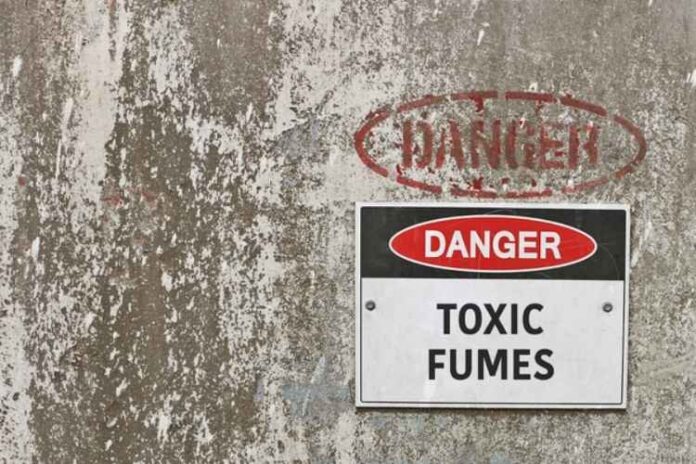With all the dangerous substances we interact with, you might ask yourself how many hazmat classes are there? First, what is hazmat? Hazmat is any material with the ability to cause damage to the surrounding environment and the people nearby.
It’s good to have a hazmat guide for the different classifications of hazardous materials when you are on the job. Plus it is good to have hazmat tips for what to look out for. Read on to learn about the different hazmat classes and what they contain.
Explosives
Class 1 hazardous materials are explosives. Explosives are materials that create explosion hazards, which can expel fragments and create fire hazards. They are not shipped by air.
Gases
Gases are Class 2 hazardous materials. They have three subdivisions that are flammable gasses, toxic gasses, and non-flammable and non-toxic gasses. Helium is an example of non-toxic and non-flammable gas.
Flammable and Combustible Liquids
A liquid or mixture of liquids that have a much lower ignition temperature is considered a Class 3 hazardous material. Fuel for cars and airplanes are examples of a Class 3 material. Liquids in this class make up the majority of dangerous materials hauled by ground transport.
Flammable Solids
Class 4 hazardous materials include three subdivisions: flammable solids that burn easier than usual and burn faster and hotter. Spontaneously combustible, which ignites when in oxygen. Dangerous when wet, which reacts to water to form a flammable gas, which the reaction’s heat can then ignite.
Oxidizing Agents and Organic Peroxides
These two Class 5 hazardous materials are rich in oxygen and are extremely reactive. Oxidizing agents, or oxidizers, add to the flammability of a reaction. Organic peroxides are unstable materials used in industrial reactions.
Toxins and Infectious Substances
The two subdivisions of Class 6 hazardous materials include things such as acids and medical waste. Toxic materials will cause death if ingested, inhaled, or absorbed. Infectious materials have microorganisms that cause infections, also called pathogens.
Radioactive Material
Class 7 hazardous materials emit ionizing radiation which can irreparably damage organic material. The levels of radiation given off by Class 7 hazmat are indicated by roman numerals or the word ‘fissile’. It is recommended to stay in PPE at all times when near Class 7 hazardous materials.
Corrosives
Class 8 corrosive substances react easily with a variety of other substances. They break down other materials when they come into contact with them, especially organic materials. Good examples of this class include batteries and chlorides.
Miscellaneous Hazardous Materials
Class 9 encompasses all the miscellaneous hazardous materials that aren’t already covered by the other eight classes. This covers materials like asbestos, dry ice, and magnetized material. The amount of materials covered is a good reason to get your 49 CFR certification.
How Many Hazmat Classes Are There?
When you ask how many hazmat classes are there, you are asking to learn about the dangerous substances we encounter every day. Reading this hazmat guide will help you avoid injury in the workplace. Keep yourself informed about these classifications and be safe!
Did you enjoy reading this article? Then don’t forget to check out our blog for more interesting articles.








